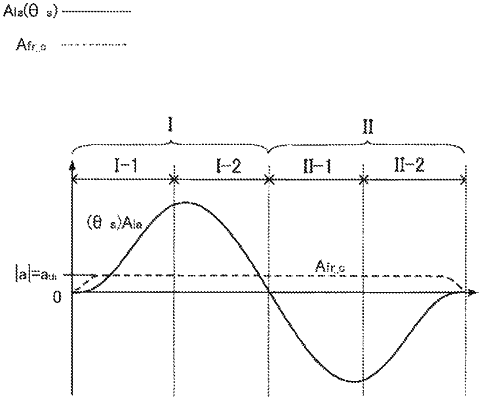| CPC B60W 40/08 (2013.01) [B60W 30/025 (2013.01); B60W 30/045 (2013.01); B60W 30/18163 (2013.01); B60W 2050/0055 (2013.01); B60W 2050/0056 (2013.01); B60W 2520/10 (2013.01); B60W 2540/223 (2020.02); B60W 2720/106 (2013.01); B60W 2720/125 (2013.01)] | 8 Claims |

|
1. A vehicle motion control method for controlling a motion state of a vehicle during a vehicle transient motion in which an acceleration in a lateral direction is generated in the vehicle, the vehicle motion control method comprising:
setting a corrected longitudinal acceleration for correcting a basic longitudinal acceleration determined in accordance with a required driving force for traveling of the vehicle;
determining a target longitudinal acceleration from the basic longitudinal acceleration and the corrected longitudinal acceleration, and operating a travel actuator of the vehicle based on the target longitudinal acceleration, wherein a direction and a magnitude of the corrected longitudinal acceleration are determined from a viewpoint of suppressing a change in a posture of an occupant of the vehicle in a roll direction, and the direction of the corrected longitudinal acceleration is set to a positive direction along an advancing direction of the vehicle in at least a part of a section of the vehicle transient motion; and
setting the magnitude of the corrected longitudinal acceleration using a sensory threshold during riding that is obtained by correcting a sensory threshold with respect to a translational acceleration of a person based on a traveling environment of the vehicle.
|